Description of the hybrid with the taste of plum and apricot sharafuga, characteristics and features
Sharafuga is a plum-apricot-flavored hybrid. It was created on the basis of three known species of cultivated plants of the same genus - plum. Many people dream of growing this outlandish fruit in their garden. It has several properties and qualities that are reminiscent of its parents: apricot, peach and plum. How realistic is it to breed this exotic in the Middle Strip, let's try to figure it out.
What is a sharafuga
The description of the sharafuga does not include an explanation of the name of the hybrid. Many speculate that it was so named because of its external features.
Outwardly, this unusual tree is something between an apricot and a plum. Also, the fruits are more like a large plum with a dark color. They are not oval in shape, like plums, but more rounded, which reminds of the presence of apricot genes.
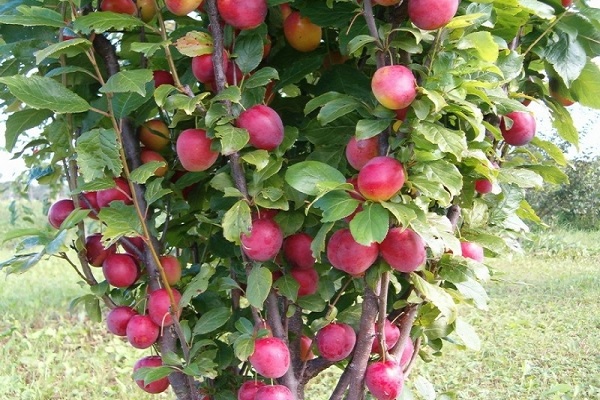
In fact, this plant is a hybrid of plum, apricot and peach. The tree is compact, the crown has an average density, in this it manifests itself as a hybrid of the plum. The leaves show a curliness like that of a peach. There is one more distinctive feature: the sharafuga bone has a peculiar pattern, which is inherent only in peaches.
The fruits themselves have a peculiar, incomparable, aroma that combines the characteristics of plum and apricot. In some varieties, the notes of apricot are much stronger, in others - plums. Those who have tasted the fruits of the sharafuga have noticed a subtle peach aroma. From the plum, the hybrid inherited the structure of the tree, the prickle of the branches.

The pulp of the fruit is different, depending on the variety. There is a more pronounced "apricot" taste and aroma, there is - with plum. Amateur gardeners, under quite harsh conditions, get three different tastes from one tree. Attention is paid to the fact that the sharafuga makes excellent compotes, jams and preserves.
The history of the origin of the sharafuga
This hybrid is the fruit of 30 years of efforts by the American breeder and biologist Floyd Seiger. Before him, there were successful experiments in the creation of aprium - 2 varieties (plum - 25% plus apricot - 75%), pluot - 11 varieties (plum - 75% plus apricot - 25%), nectaplam - 1 grade (plum plus nectarine), picplama - 1st grade (plum plus peach).
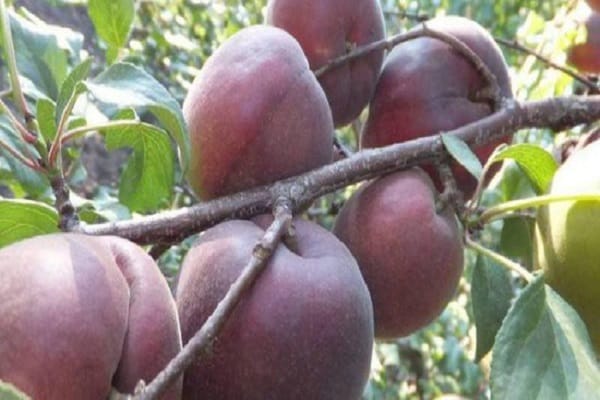
The views of an experienced breeder on growing plants, creating new varieties, species are conservative. He does not fight with nature, but calls to change without harming it. The result of many years of experience in crossing stone fruit was a new culture that combined three different species.
Growing features
This hybrid has a fairly high level of frost resistance. Sharafuga without freezing can withstand frosts 24-26 ABOUTFROM.Therefore, you need to plant and care for the seedling like a plum. The annual growth of shoots is 50-80 centimeters, which indicates the need for annual rejuvenating pruning.

The sharafuga is planted in a sunny place where the soil is loose and fertile. Stagnant water in spring and clay soils are excluded as the plum gets wet. Having chosen a place, you need to prepare a landing pit measuring 60 * 60 * 60 centimeters.
It is filled with rotted manure or humus, ash and superphosphate. Saplings are planted: in the spring in the Middle Lane (so that they have time to take root), in the fall - in the South.
For 3-5 years, depending on the age of the seedlings, the sharafuga gives the first fruits. They ripen in late August or early September, depending on the region.
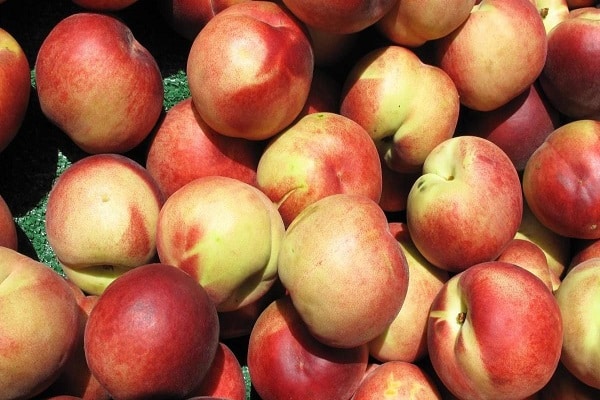
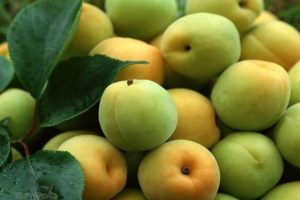
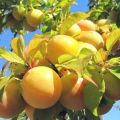
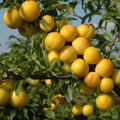
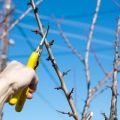
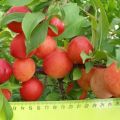
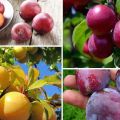
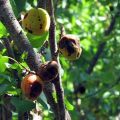


I heard a lot about this wonderful tree, and even once I managed to taste the fruit - I got it with a pronounced plum taste. But it is not so easy to find seedlings with us, I will try to search in online stores!